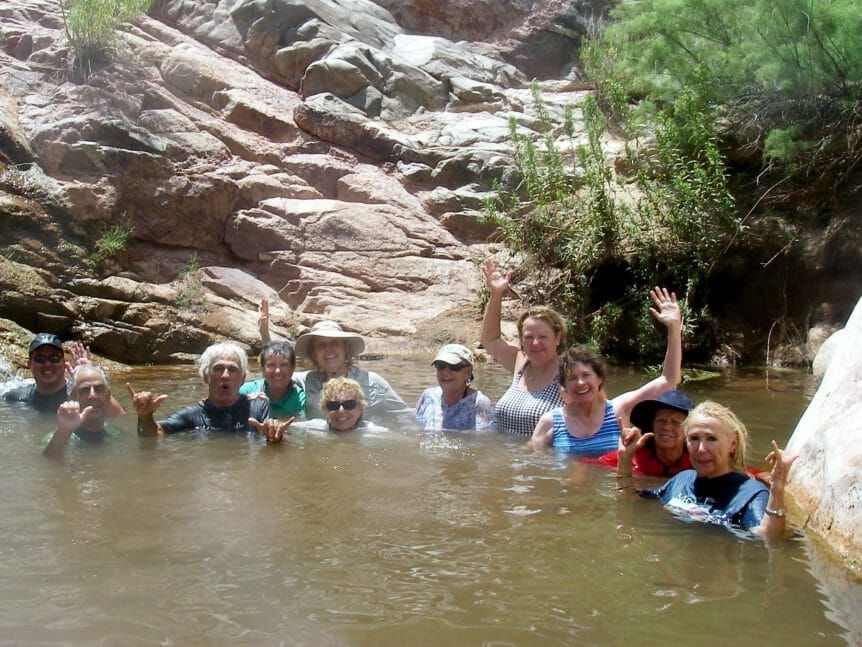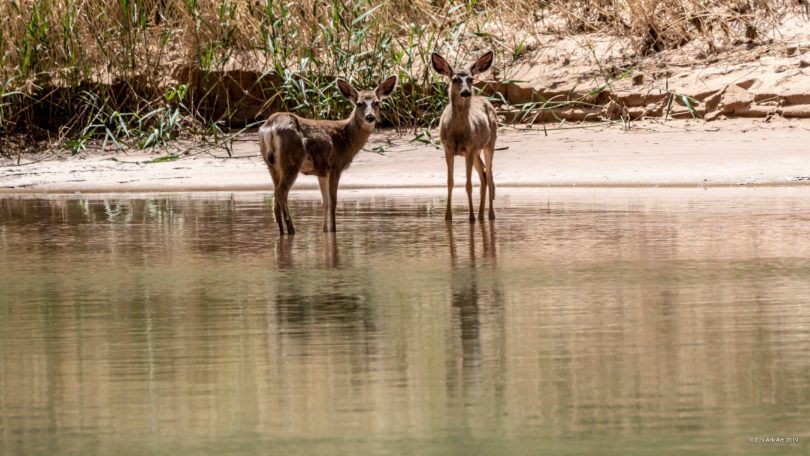Bright Angel Shale-the rainbow rock

The Cambrian Bright Angel Shale consists of green and purple-red siltstone and shale which is inter-bedded with red-brown to brown sandstones with an average thickness: 350-500 ft.
This formation was deposited as the sea level rose about 515 million years ago during the early to middle Cambrian period. As the sea covered the beach-like environment of the Tapeats Sandstone, the water deepened enough that the sediments on the ocean floor were no longer disturbed by waves.
The rocks of the Bright Angel Formation gain their characteristic green color from a mineral called glauconitic, which forms in shallow marine environments that are mildly reducing when little or no sedimentation is taking place. Also, this formation is loaded with fossils of brachiopods, trilobites and hyoliths, of these, all are found in the Bright Angel Formation and were a deposition of silty muds in a shallow sea environment.
Text: From Wikipedia, encyclopedia / Photo credits: 2014 GCE guest, John S.







